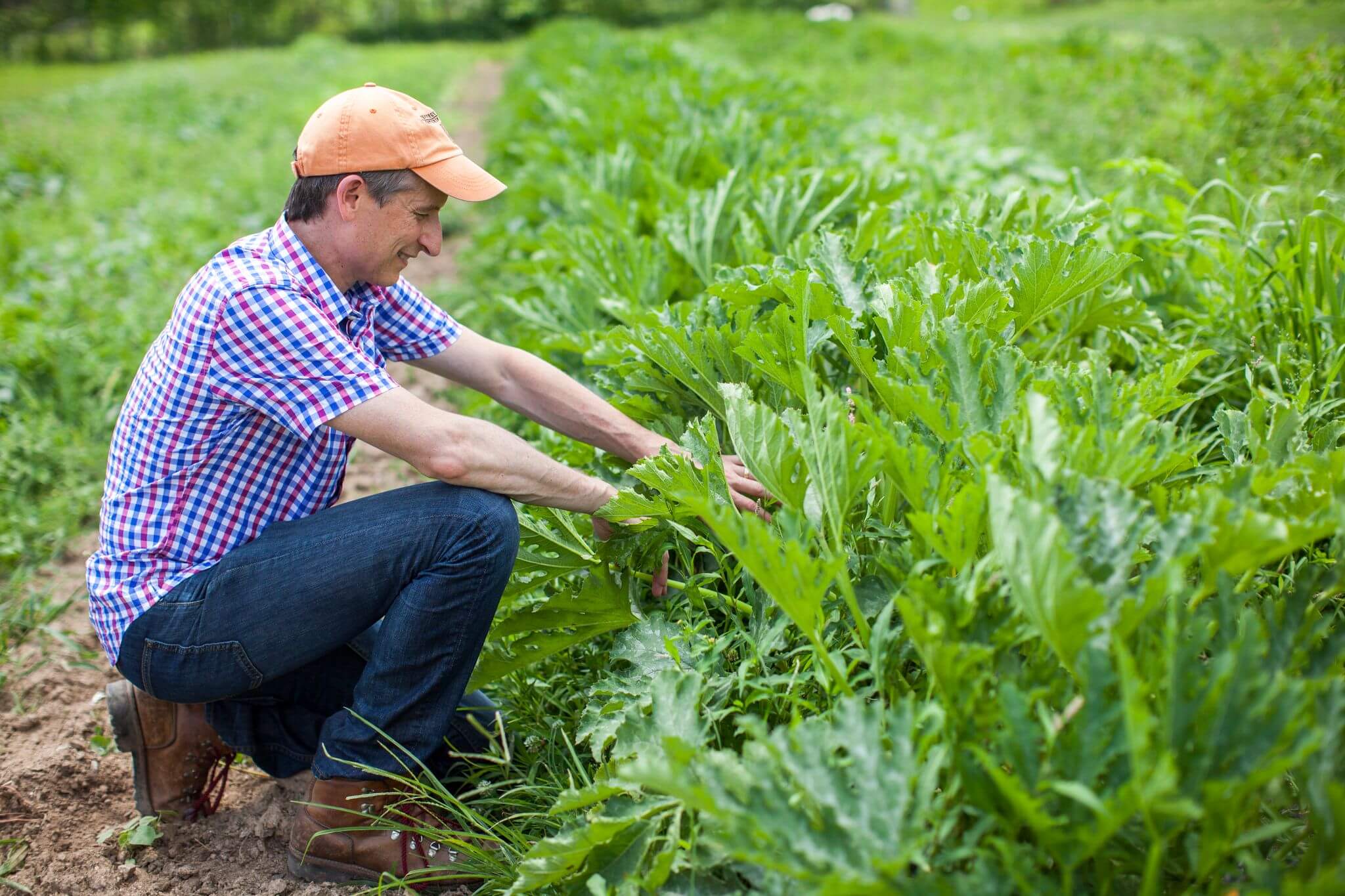Sustainable Catering

A rind is a terrible thing to waste!
Every year at JAM Catering we turn tens of thousands of pounds of raw food into well over 100,000 delicious meals. And while that in itself is really quite amazing, it’s also true that such a large amount of food coming and going through our doors inevitably creates a certain amount of food waste, both as inedible trimmings (peels, stems, seeds, and so on) and as food left uneaten on the plate or buffet table.
Now, wasting food at all makes zero sense, both economically and from a sustainability perspective. So what can we do to minimize it?

Goldilocks & the Staff Meal
To start with, we’re pretty serious about “goldilocks-ing” our production. After forty-plus years in the catering business, we have a pretty good idea how much food people will eat, and we use this expertise to make sure we send plenty of food without sending too much. It takes time and effort because every event is a little different, but from a food waste perspective we feel it’s important not to send food we already know is likely to turn into leftovers or go bad before we can use it.
We’re also pretty serious about channeling as many leftovers as possible into our rather robust staff meal program, which typically feeds about about eighty people each day. Staff meal at the JAM commissary is rarely fancy (no staff meal ever is in the culinary industry), but it’s always pretty good. Our chefs have a good time applying their culinary creativity to giving all those leftovers another chance to shine!
A 24-hour cafeteria for a very large number of very small diners
As for the rest, lately we’ve been putting all the truly unusable food scraps and leftovers in a big pile and letting the microbes and fungi dine on them. Over the course of a few months or a year, this relentless chow-down by these billions of tiny diners decomposes everything back into a nutrient-rich, biologically active “humus” that’s ideal for fertilizing new crops. Gardeners will easily recognize this as the age-old practice of “composting.” Gardeners will also probably tell you there are a few more important aspects of the process, and that’s true, but really that’s the gist of it. Put it all in a heap and nature will take care of it.
In any case, since early 2022 JAM has been actively composting with some success.

Good soil makes good food!
Composting is something that happens naturally in the wild as dead leaves, grasses, other once-living things fall to the earth, decay slowly back into the soil, and get recycled into new plants. Growing plants for food (i.e. gardens and farms) tends to short-circuit this natural process, because much of the organic material gets carried off to the dinner table! That’s why farm and garden soils eventually get “worn out” in terms of nutrients like nitrogen, phosphorus, potassium, and dozens of others. The quality of the produce growing in depleted soils is not as good, and the plants themselves become weak and vulnerable to disease.
Chemical fertilizers are often are used to replenish soil nutrients, but composting does the job cheaper and better. The materials are already on hand (i.e. free) and mainly just need to be transported and handled a bit. More importantly, because composting mimics the natural cycle, the resulting fertilizer tends to be richer and better for plants than anything a chemical factory might churn out, and without as much risk of pH imbalance and other negative side-effects on the soil.
Finished compost is humble stuff, easy to mistake for any other heap of rough dirt. But to farmers compost is a sort of “black gold” because it sends such a broad range of vital nutrients straight back into the soil instead of letting them be carted off to wasteful oblivion in the landfill.

A net positive impact
Since the start of 2022 we’ve sent thousands of pounds of trimmings and leftovers to the rather large compost heap at Waterloo Village in Stanhope, NJ. Waterloo is a premier JAM event space, but it also happens to have a working organic farm that contributes fresh produce to our JAM kitchens. We buy these hyper-local vegetables straight from the fields there, use as much of them as we can, and then send back the scraps, plus leftovers from our events, to be composted back into fertile soil to grow new crops.
The logistics of schlepping all those heavy bins of messy stuff from here to there have been bit tricky to master, and there’s absolutely nothing glamorous about any of it. But that’s okay, because composting turns out to be well worth doing at this larger scale. This age-old agricultural practice is becoming yet another way for us to draw maximum value out of every bit of food passing through our doors.
Recent News
- Wrapping up 2024 at JAM
- As 2024 draws to a close, we’re reflecting on the incredible year we’ve had at…
- New JAM Initiative Reduces Single-Use Plastic Waste!
- As a busy catering company, JAM prepares thousands of meals each month. We make it…
- Every Wedding Plants a Tree at Aldie Mansion
- At JAM, we're all about creating memorable moments. Our commitment goes beyond just crafting exceptional…